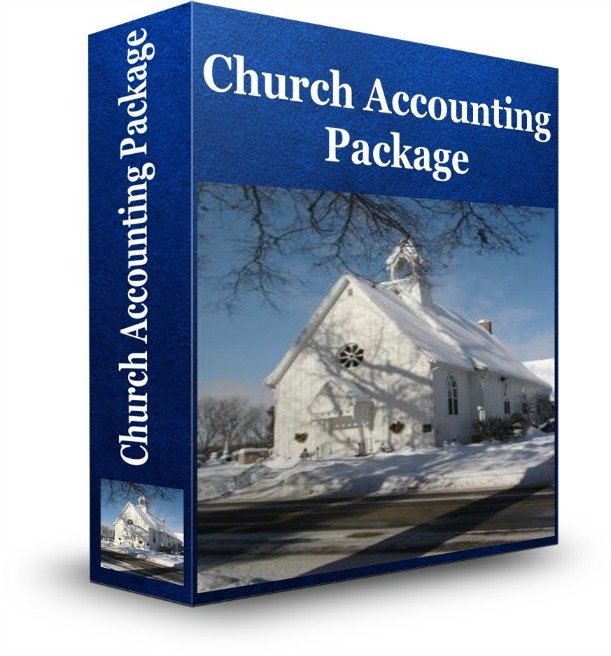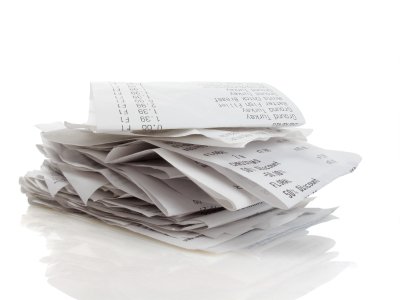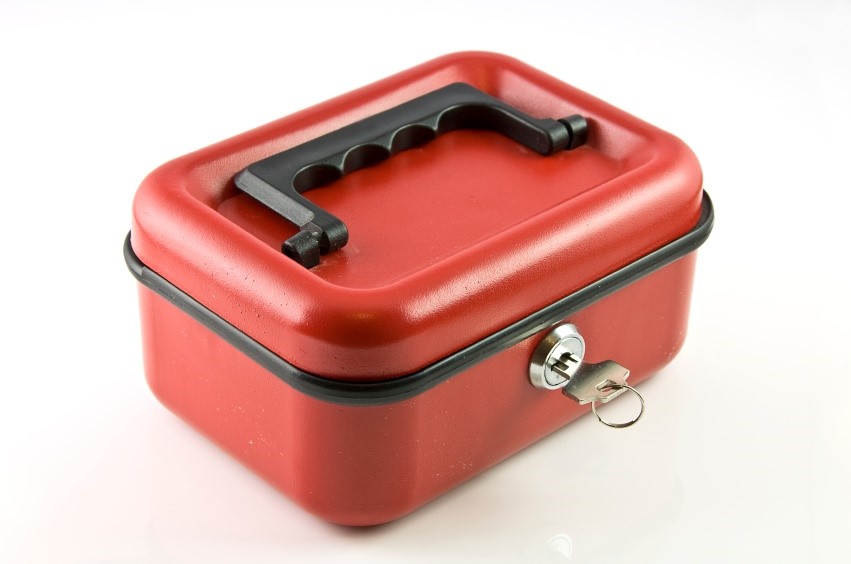Petty Cash Account Procedures
A petty cash account is simply money kept on hand to pay for minor cash expenses such as stamps, office supplies, coffee creamer, etc. It is usually managed by a custodian who is responsible for tracking the money taken and replenished.
Proper documentation, such as receipts and vouchers, is essential to maintain transparency and accountability. Regular reconciliation of the petty cash account ensures that the recorded amounts match the actual cash on hand. This practice helps in preventing misuse and maintaining accurate financial records.
In many organizations, petty cash is an invaluable tool for handling small, everyday expenses efficiently without the need to go through more cumbersome payment processes. However, it's crucial to establish clear policies and procedures for its use to prevent discrepancies and ensure that it serves its intended purpose effectively.

Coupon!
Here is a 10% discount code for all the ebooks, spreadsheets, and packages on this site:
FCA
Note: click on "PACKAGES" in the top navigation bar for a list of all of the ebook and spreadsheet packages on this site!
How to Set Up and Maintain a Petty Cash Account:
It is easy to set up and will save you from writing a lot of small checks or using your personal funds that you have to be reimbursed for later.
First step to set up the account is to write a check from your organization’s bank account made payable to petty cash.
Most churches or nonprofits keep $100 in petty cash. The amount is up to your organization’s policy.
Decide where you are going to keep it. It should be in a locked box that only you or a designated employee has the key to.
If you have a double entry bookkeeping system, the initial recording entry would look like this:
DR Petty Cash $100
CR Cash $100
If you are using a computerized accounting system such as QuickBooks, you would use the check-writing window and fill it out exactly like your actual check. Then post it to a newly created “bank account” titled Petty Cash.
Note: Your account for petty cash will appear on your organization’s financial reports as an asset of your church or nonprofit.
Church Accounting Package
A set of 2 ebook packages that covers the following topics...
- Fund accounting examples and explanations
- Difference between unrestricted and restricted funds
- Best methods for tracking restrictive funds
- Explanations and examples of financial statements for churches and nonprofits
- Minister compensation and taxes
- Payroll accounting and its complexities
- Much more - Click here for details

Using your Petty Cash Account:

Print out a petty cash account form or petty cash voucher and keep in the locked boxed with your petty cash.
When you need to make a small purchase such as a book of stamps, take a ten or twenty out, make your purchase, and when you return...put the receipt (remember to always get a receipt) and change back in the box. Record the date, amount, and type of transaction on the petty cash form.
When your petty cash fund gets low, you will need to reconcile and replenish it.
Managing bookkeeping for churches can present unique challenges. Apart from standard accounting procedures, there is the additional task of managing restricted funds alongside the overall financial records.
You might be facing a chart of accounts overloaded with numerous unnecessary accounts from past volunteers. On top of that, you've come across errors in your payroll entries. These ebooks on church bookkeeping are specifically designed to assist you in handling these issues effectively.
Description page for the ebooks and bonuses included in the Bookkeeping for Churches Package
Reconciling and Replenishing:
You will need to reconcile your petty cash before you replace the money in it.
Begin reconciling by adding up all the transactions on your petty cash form. This total plus the cash still in the box should equal $100 or whatever you originally put in the box.
Next write a check for the exact amount of the total expenses and replenish the account. Record that check by posting the total expenses to the proper accounts.
An example would be if the petty account form listed $36.75 in office supplies, $17.60 in stamps, and $6.25 in miscellaneous expenses, you would record that replenish check for $60.60 as follows:
DR Office Supplies $36.75
DR Postage $17.60
DR Misc. Expense
CR Cash 60.60
Finally file your receipts and petty cash form.
Note: For small expenses that you are unable to get receipts for...your petty cash forms or cash vouchers will be your source document.
Remember...at all times...the amount on of your petty cash form and cash in your petty cash box should always equal the original amount you started with.
Follow these simple petty cash procedures to provide good accountability and reflect your expenses accurately for your church or nonprofit.


